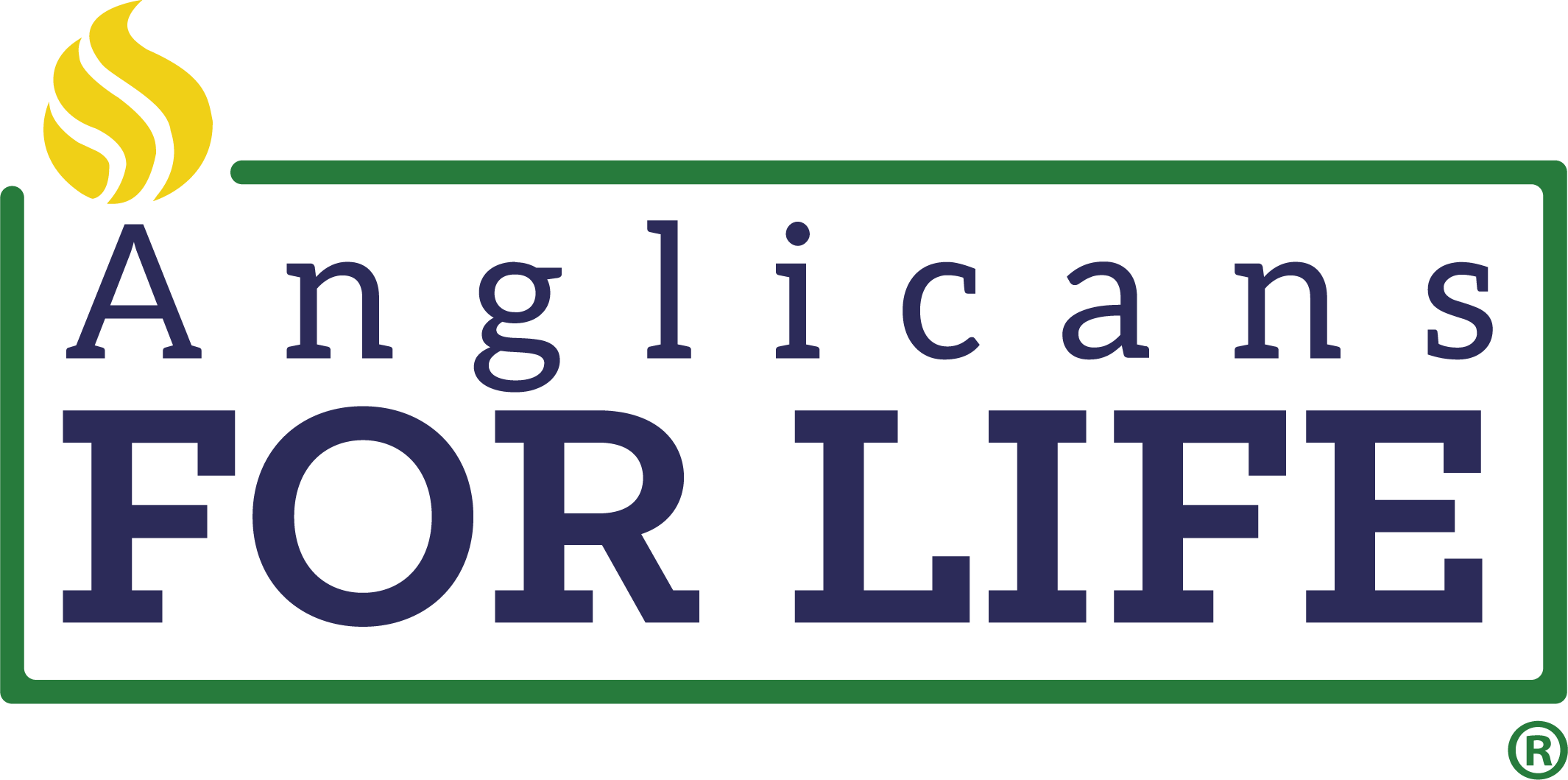By: The Very Rev. Robert S. Munday
St. Patrick (390-461) of Ireland used to explain the Trinity with the three-leafed Shamrock. St. Augustine (354-430) explained the Trinity as “Lover, Beloved, Love.” The Father, the Beloved Son, and the Spirit of Love = the Love that flows between them and unites them, and flows from them to us. It’s a good analogy, but it breaks down in that the Holy Spirit is more than the mere force of Love, he is a living Person who indwells us and exists to be our Comforter and Guide. Maybe the shift was inevitable. But in the course of Christian history, Christianity moved from being existential to doctrinal. At the risk of sounding overly simplistic, it moved from the heart to the head. It moved from catacombs to cathedrals. It moved from simple scratchings in the dust of a fish or drawings of a lone shepherd carrying a lost lamb in his arms to golden crosses being carried down marbled aisles into opulent sanctuaries.
So what has all of this to do with Trinity Sunday? Today is a Feast day of the Church that calls us to return to basics: to remember that “Trinitarian belief” began when unsophisticated people were touched by a man named Jesus, who taught them of a loving heavenly Father, who poured out His own life for them, and who sent the Holy Spirit to indwell, to comfort, and to empower them — and their lives were changed forever by the encounter. The threefold experience preceded the threefold explanation. The early Christians were grasped by Jesus—by His love, His teaching, and by His healing and transforming power—and they experienced God in Him and through Him. They came to believe that all of God was involved in all that Jesus did. Creation, redemption, and transformation all were to be found in Jesus, in the Father-God He proclaimed, and in the Holy Spirit He sent.
John of Damascus (675-749), a Greek theologian of the seventh century, came up with an understanding to the Trinity that might help us. It emerged from a concept called perichoresis, a Greek word that comes from peri meaning “around” (as in perimeter), and choresis, (from which we get the word choreography) or “dance.” The image was this: Father, Son and Holy Spirit” are like three dancers holding hands in a circle, dancing together in perfect love, perfect freedom, and perfect harmony. They are deeply one, and yet they are three. They are unified in one, intimate, inseparable substance—recognizable as individuals yet incomplete apart from the relationship and the purpose they share. God the Father loves us, Christ the Son redeems us by His grace, and the Holy Spirit comforts and strengthens us as He comes to live in us to make us children of God. Our response is to serve Him with the power that He gives us and to share His love with those who also need to become children of God the Father through the redeeming work of the Son, made real in each of us by the indwelling Holy Spirit.
